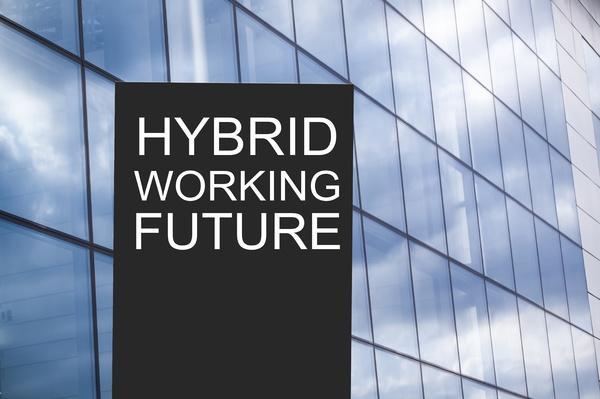10 Ways the Workplace Could Change in 2023
2023 is set to be a year of change for the workplace and how work is done. With COVID now in the rearview mirror, here are the new workplace trends we can expect to see in the new year.
1. The Workplace Goes Phygital
The fusion of physical and digital in the workplace is getting real, and that trend will only advance in 2023. Part of the phygital trend is to figure out where employees work best and structure their jobs so they can be wherever they thrive most. Younger employees often want to go to the office most days because they thrive through in-person interactions and the social outlets many offices offer. As employees get older, family responsibilities and needs for peaceful environments mean working from home is sometimes better.
2. Expectations of Flexibility
Both employers and employees have come to expect flexibility in where, when, and how tasks are done. Part of this is because of remote work, while another is due to the many workplace challenges the last few years have brought. Flexibility takes trust. If employers don’t believe their employees will meet deadlines when remote, they’ll add more restrictions to ensure this happens. With trust, however, flexibility can be the ultimate win-win for companies and employees and boost productivity rather than hinder it.
3. Cross-Generational Collaboration
When companies collaborate, they include teams made up of different generations and intersectional groups. This kind of cross-generational collaboration produces the best and most diverse results on projects and tasks because of the diversity of viewpoints and how this forces employees out of their preconceived boxes where they can consider larger numbers of solutions than ever before.
4. Four-Day Work Week
Many employers are experimenting with a four-day work week for employees to give them more time off while working longer days. For some tasks, a longer workday can mean fewer interruptions, so a larger volume of work gets done. For other tasks or projects, having more time off to process tasks can get them completed faster. Workers favor four-day work weeks because it gives them more days each week to rest, refresh, and pursue other passions. This could become a big factor in whether employees accept a job offer at a particular workplace.
5. Focus on Mental Health
Over the last three years, most people’s mental health has taken a toll for reasons like COVID, being short-staffed during the Great Resignation, and rapidly changing workplaces as employers try to adjust. This turmoil has led many supervisors to place renewed focus on mental health so employees can function better. The focus on mental health should not be punitive but accepting so that no one is afraid to speak up when they’re struggling.

6. Workplace Surveillance
One unfortunate trend for many is increased workplace surveillance. While it’s understandable that employers want to be sure employees are working when they’re supposed to, watching them through cameras is not the best way. Besides cameras, other types of surveillance include tracking apps that can tell how often employees get up or take breaks. This could be a good reminder or prompt for many employees, though it may still come across like an intrusion. It’s one thing to be aware of when you get a job.
7. Working in the Metaverse
Some employers now have access to the metaverse and can hold virtual meetings there. The metaverse can offer the opportunity to lower inhibitions and reinvent yourself in new ways. Just be careful you don’t misrepresent yourself, your talents, or your abilities. Such misrepresentations can come back to haunt you and have adverse consequences for your career. Other than that, the metaverse can be an exciting and novel way to collaborate and work together.
8. Work From Anywhere
It’s the age of remote work, and this isn’t just limited to working from home. Some remote work situations involve completing work while traveling frequently (like being on the road with a partner who must travel frequently for work), while others just involve working from a coffee shop to get out of the house for a while. Other jobs may require you to work in different locations, which has become easier as time goes on.
9. Pay Transparency
There’s nothing that destroys trust more than finding out someone makes more money than you for an equivalent position. Pay transparency takes care of this problem by delineating how different positions are paid and by taking any suspicion or mystery out of the equation. The other part of pay transparency is that employees don’t need to disclose their previous salaries, so there’s a better chance of getting a pay bump or getting paid what you’re worth since it isn’t necessarily based on what you were paid before.
10. Employee Empowerment
Many employers have learned that if they don’t want to see Great Resignation or quiet quitting behavior among their employees, they should empower them in as many ways as possible. Workers already have more choices about where they work because of remote work opportunities, but they can also be given choices about what benefits are available, how their workdays are structured, and how they advance given the appropriate skill levels.
If you need help navigating changes in your workplace, industry, or career path, GDH wants to be your guide in the career-building process. Need an ally on your career path? We’re it.








